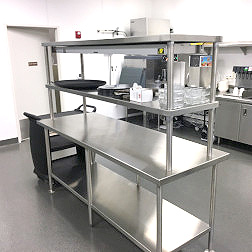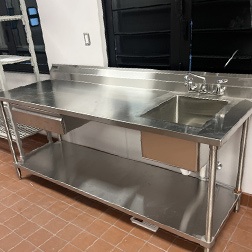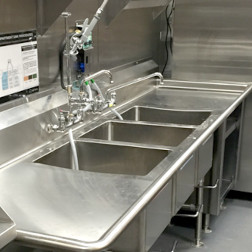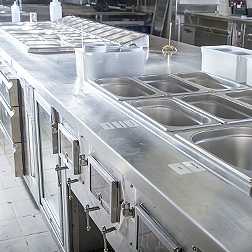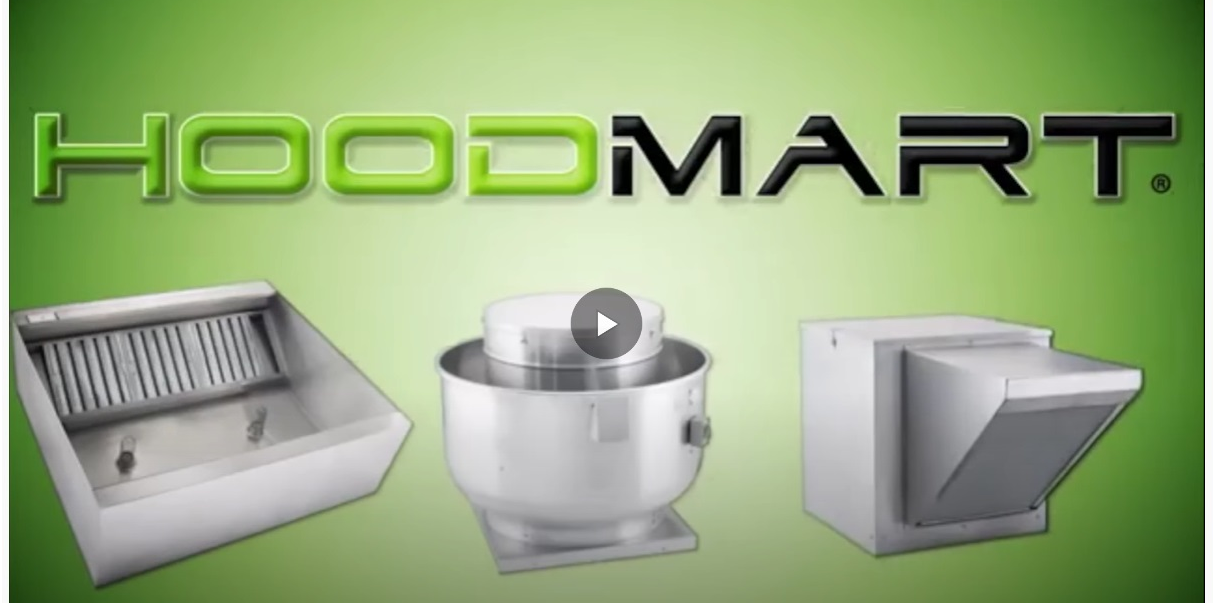We use cookies to help improve our services, make personal offers, and enhance your experience. If you do not accept optional cookies below, your experience may be affected. If you want to know more, please read the Aprende más.
Winter Survival Guide For Your Food Truck
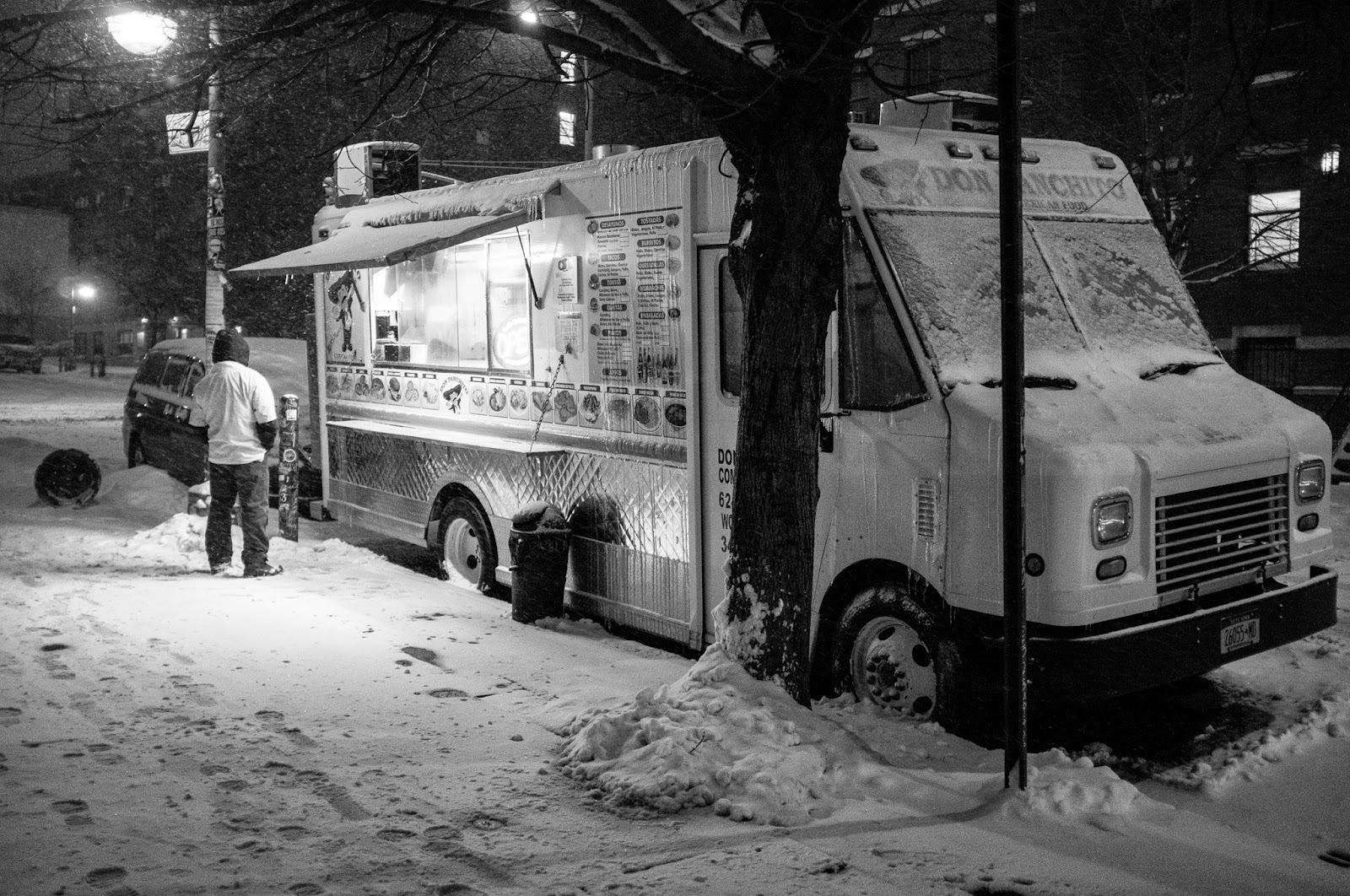
Winter is coming, and with that comes the seasonal problems that come along with the cold weather. If you run a food truck or any sort of mobile kitchen or concession truck you know you risk potential problems with your truck and the ventilation during the colder months, even if you are storing the truck throughout the winter. A busy spring and summer season puts wear and tear on your ventilation system, and now that fall is in full swing it is a choice tie to prep your food truck and hood system for the upcoming season.
First steps when prepping your food truck for winter is a full checkup on the actual truck. With any automotive maintenance one of the first things you should do is check your fluid levels - check your oil, transmission fluid, brake fluid, and power steering fluid, as well as your antifreeze and radiator levels. If your truck needs oil it’s a good idea to switch over to a cold weather protection motor oil. Double check that your defroster is working properly, the heating system is in working order, and check the wipers - all 3 are crucial to getting your car de-iced and functioning once the temperatures plummet. It’s also highly recommended to carry extra washer fluid and engine oil as you never know when you may run into a problem and need it.
Double check your battery and make sure there are no leaks by using a multimeter or bringing it to any auto parts store as they will often times do a free battery and alternator check for you. After checking on the battery you or a mechanic should do a check of all fan belts and hoses as cold weather causes belts to stretch and snap much more easily. If any belts look beat up and worn you should probably replace it.
One of the most important and often forgotten items of a truck to check before winter are your tires. If you live in an area that is prone to snow storms you should absolutely be running snow tires or at least all season tires. Double check the tread on your tires and make sure the tires are properly inflated often. When the temperatures begin to drop you’ll notice that the air pressure in your tires will drop, greatly increasing the odds of a flat or blown out tire.
Now that the truck itself has been prepped for winter, it’s time to do a complete check of your hood ventilation system. The first step is a thorough cleaning of the hood filters, vent hood, exhaust fans, grease containment systems and ductwork. Hood filters should be inspected for any wear and tear, as well as the grease filters. Check your exhaust fan belts for wear and tear, and it’s recommended to keep a spare fan belt on hand just in case. The electrical system takes a beating over the spring and summer, so be sure to check for any frayed wiring on the fan and motor. The upblast exhaust fan should be inspected to ensure the fan is balanced and there are no issues with the bearings. If your exhaust fan is located on the roof it is especially vulnerable to damage so be sure to inspect that as well. If you are storing your truck for the winter months you should also consider removing any equipment that may not be permanently attached to the truck just to be safe.
While making sure that your truck and hood system are properly maintained throughout the year, the winter months are especially brutal and require a little extra preventive care. Any old or damaged parts should be replaced, even if you are just storing the truck for the colder months. With proper maintenance of the truck and parts, you should be able to beat the winter weather stress and have a successful winter food truck season!







 CUSTOM FABRICATOR
CUSTOM FABRICATOR

